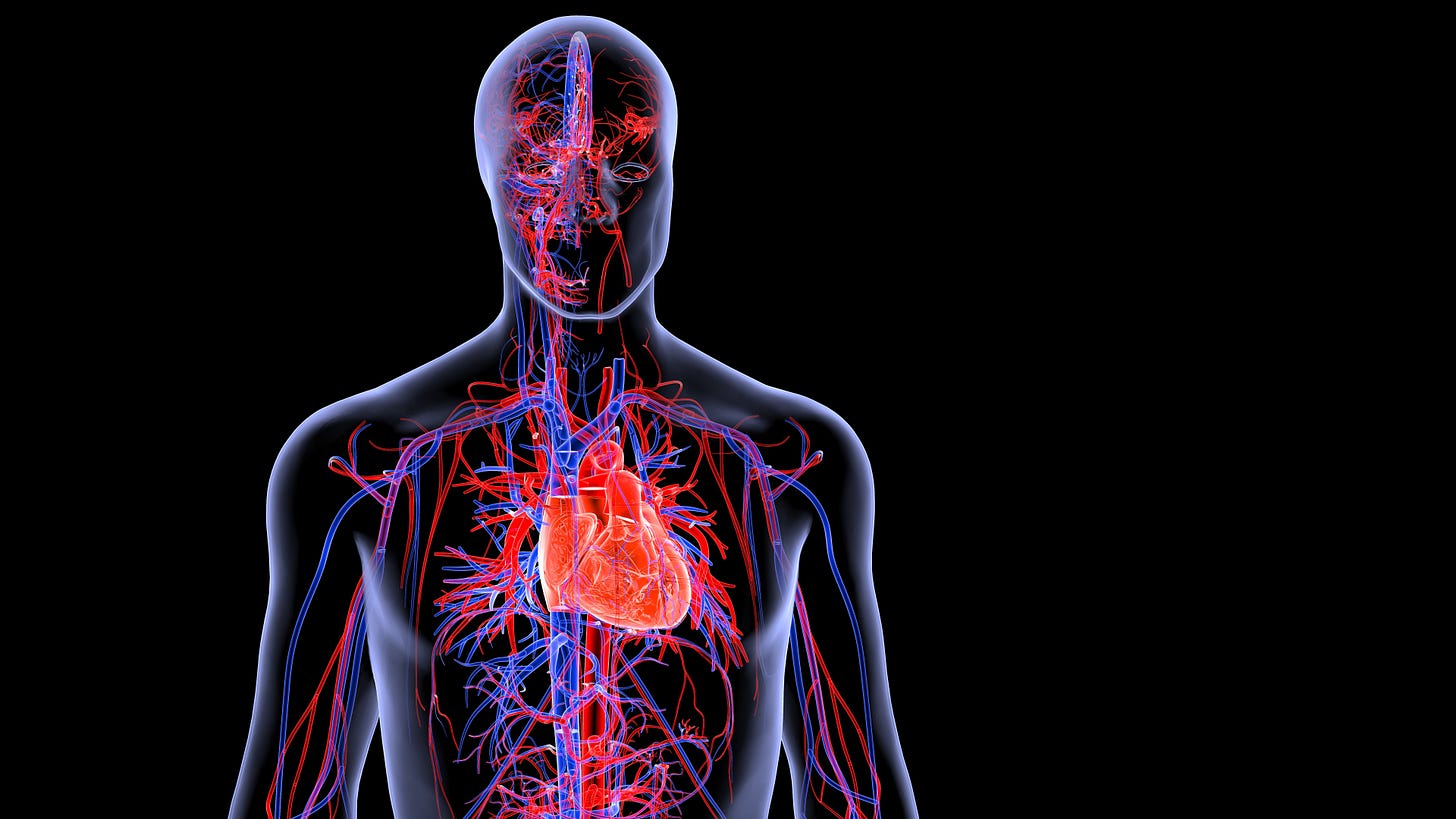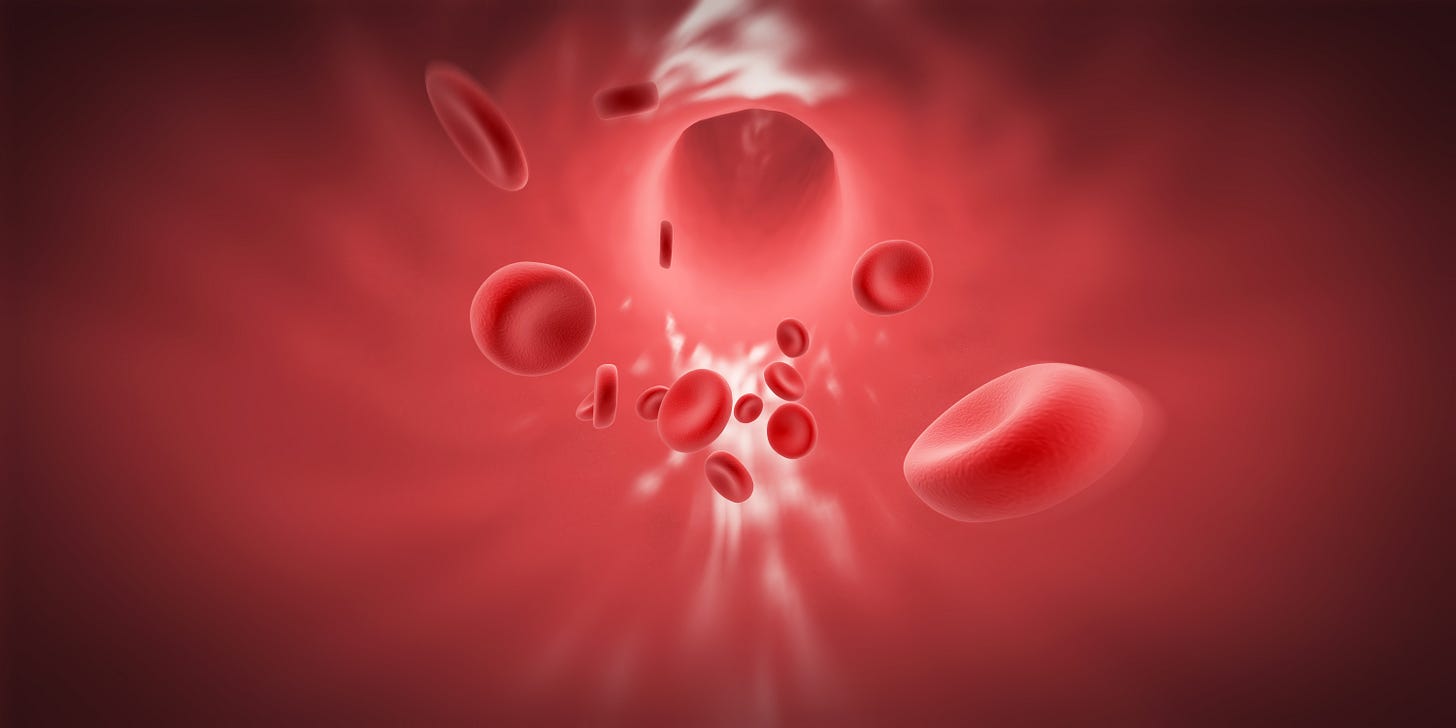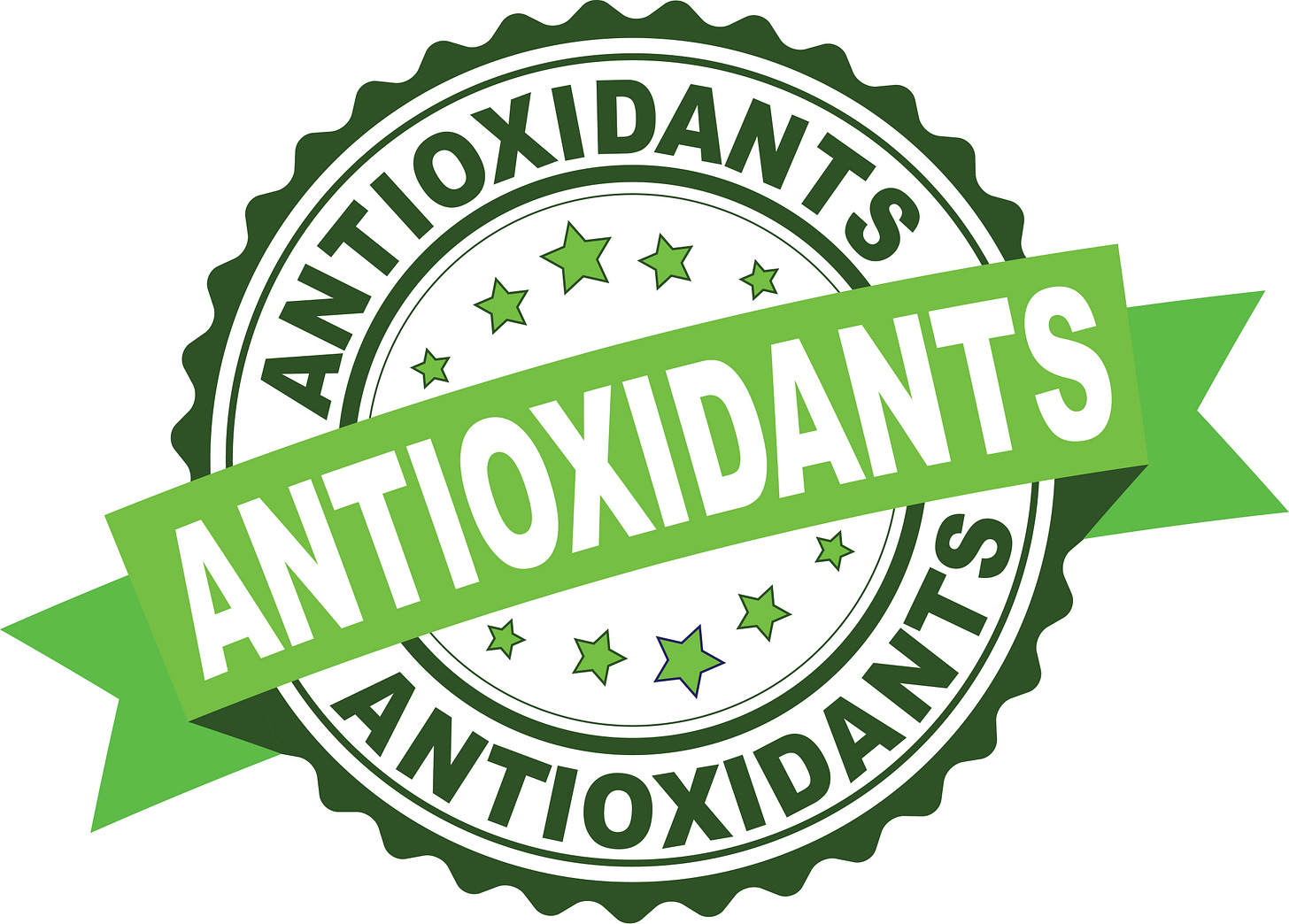Nitric Oxide in Health and Disease
What is Nitric Oxide?
Nitric oxide (NO) is a small molecule gas that plays a crucial role in various physiological processes in the human body. Discovered in the late 1980s, NO has since been recognized as a significant signaling molecule involved in numerous cellular functions. In this response, I will explain how nitric oxide works, its synthesis, signaling pathways, and its physiological effects, all within a limit of 1000 words.
Nitric oxide is produced in the body through the enzymatic conversion of the amino acid L-arginine to L-citrulline, a reaction catalyzed by the enzyme nitric oxide synthase (NOS). There are three isoforms of NOS: neuronal NOS (nNOS or NOS1), inducible NOS (iNOS or NOS2), and endothelial NOS (eNOS or NOS3). Each isoform is expressed in different tissues and cell types, contributing to distinct physiological processes.
The synthesis of nitric oxide begins when calcium ions bind to the enzyme NOS, leading to the activation of the enzyme. This causes a conformational change, allowing NOS to convert L-arginine into nitric oxide and L-citrulline. The reaction requires several cofactors and enzymes, including oxygen, NADPH, and tetrahydrobiopterin (BH4). Once synthesized, nitric oxide diffuses freely across cell membranes, allowing it to act locally on nearby cells or even travel to distant sites within the body.
Within the cell, nitric oxide acts as a signaling molecule by activating the enzyme soluble guanylate cyclase (sGC), which is found in the cytoplasm. Upon binding to nitric oxide, sGC undergoes a conformational change, leading to the conversion of guanosine triphosphate (GTP) to cyclic guanosine monophosphate (cGMP). cGMP then initiates a cascade of signaling events, often involving the activation of protein kinases, which can modify the activity of various target proteins.
One prominent pathway influenced by nitric oxide is the relaxation of smooth muscle cells, particularly in blood vessels. Nitric oxide diffuses from the endothelial cells of blood vessels into the surrounding smooth muscle cells, where it activates sGC and increases cGMP levels. Elevated cGMP levels lead to the relaxation of smooth muscle, allowing the blood vessel to dilate. This process, known as vasodilation, increases blood flow and reduces blood pressure.
Nitric oxide also plays a critical role in neurotransmission within the nervous system. In the brain, nitric oxide is synthesized by nNOS and acts as a signaling molecule between neurons. It is involved in the modulation of synaptic plasticity, learning, and memory formation. Additionally, nitric oxide has been implicated in regulating the release of neurotransmitters such as dopamine and serotonin.
In the immune system, nitric oxide produced by iNOS serves as a defense mechanism against pathogens. When the immune system is activated in response to infection or inflammation, iNOS is upregulated, leading to increased production of nitric oxide. Nitric oxide, in turn, exhibits antimicrobial properties by inhibiting the growth and replication of bacteria, viruses, and parasites. Furthermore, it plays a role in regulating the inflammatory response by modulating the activity of immune cells.
Beyond its role as a signaling molecule, nitric oxide also participates in various other physiological processes. It helps regulate blood flow and oxygen delivery, promotes wound healing, and is involved in cellular respiration and energy metabolism. Nitric oxide has been linked to the maintenance of healthy cardiovascular function, regulation of blood pressure, prevention of platelet aggregation, and protection against atherosclerosis.
However, it is important to note that excessive or dysregulated production of nitric oxide can have detrimental effects. High levels of nitric oxide can contribute to oxidative stress and tissue damage, and aberrant nitric oxide signalling has been implicated in various pathological conditions, including cardiovascular diseases, neurodegenerative disorders, and inflammatory disorders.
To summarize, nitric oxide is a versatile signalling molecule involved in numerous physiological processes. Its synthesis and action are tightly regulated, allowing it to exert its effects in a controlled manner. From vasodilation and neurotransmission to immune response modulation, nitric oxide plays a pivotal role in maintaining homeostasis and overall health. Further research into the intricacies of nitric oxide signaling will continue to unveil its potential therapeutic applications and shed light on its involvement in various disease states.
Nitric Oxide and Antioxidants
Antioxidants can have both direct and indirect effects on nitric oxide (NO). NO is a free radical gas, and its activity is influenced by the presence of reactive oxygen species (ROS) and oxidative stress. Antioxidants, as their name suggests, help counteract the harmful effects of ROS by neutralizing them or preventing their formation. In this response, I will explain how antioxidants can affect nitric oxide, both positively and negatively.
Scavenging Reactive Oxygen Species (ROS): ROS, such as superoxide radicals (O2-), can react with NO to form peroxynitrite (ONOO-), a highly reactive and damaging molecule. Antioxidants can scavenge ROS, thereby reducing their levels and preventing their reaction with NO. By doing so, antioxidants indirectly protect NO from being consumed by ROS and help maintain its bioavailability.
Preserving Nitric Oxide Synthase (NOS) Activity: NOS, the enzyme responsible for NO synthesis, can be negatively affected by oxidative stress. ROS can impair the function of NOS and reduce its ability to generate NO. Antioxidants can counteract oxidative stress and preserve NOS activity, ensuring an adequate supply of NO in the body.
Enhancing Endothelial Nitric Oxide Synthase (eNOS) Function: eNOS is an isoform of NOS primarily found in the endothelial cells lining blood vessels. It plays a crucial role in regulating vascular function and maintaining endothelial health. Antioxidants, such as vitamins C and E, can improve eNOS activity by reducing oxidative stress and enhancing the availability of the cofactor tetrahydrobiopterin (BH4), which is necessary for optimal eNOS function.
Modulating Nitric Oxide Bioavailability: Antioxidants can affect the bioavailability of NO by regulating its metabolism. For example, antioxidants can inhibit the activity of enzymes that degrade NO, such as superoxide dismutase (SOD) and peroxynitrite reductase. By preventing the breakdown of NO, antioxidants help prolong its effects and maintain its physiological functions.
Reducing Oxidative Stress-Induced Dysfunction: Oxidative stress, characterized by an imbalance between ROS production and antioxidant defense systems, can lead to endothelial dysfunction. This dysfunction impairs the ability of blood vessels to relax and dilate, affecting NO-mediated vasodilation. Antioxidants can mitigate oxidative stress, improve endothelial function, and indirectly enhance NO-dependent vasodilation.
It is important to note that while antioxidants can positively influence NO function, excessive antioxidant supplementation may have unintended consequences. NO is involved in various physiological processes, including immune response, neurotransmission, and cellular signaling. Overly high levels of antioxidants may interfere with the delicate balance of NO signaling, potentially affecting its beneficial effects. Therefore, maintaining a balanced antioxidant status is crucial for optimal NO function.
In summary, antioxidants play a crucial role in modulating the activity and bioavailability of nitric oxide. By scavenging ROS, preserving NOS activity, enhancing eNOS function, and reducing oxidative stress-induced dysfunction, antioxidants can indirectly support NO-mediated processes in the body. However, maintaining an appropriate balance of antioxidants is essential to avoid potential disruptions to NO signaling and ensure optimal physiological function.
For more information on how practices like Qigong and meditation influence mental and physical health, please head over to www.jadedragon.org.
If you found this post informative, we kindly request you to like, comment, subscribe, and share it with your friends and family. Spreading the word will help us reach more people, offering them the potential for improved health, strength, and peace of mind.






